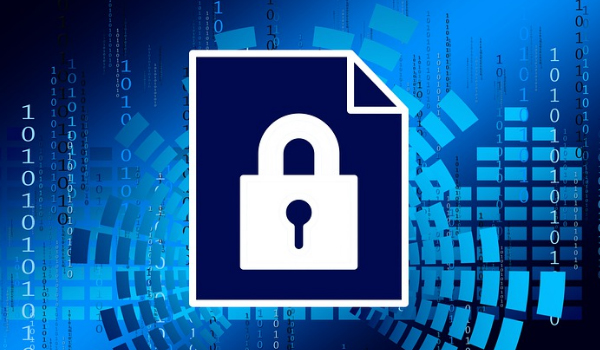Network Security
Network security is a set of strategies, software, and devices that is used to protect technological systems from cyberattacks or misuse.
Updated: December 12, 2023
Network security is a set of strategies, software, and devices that is used to protect technological systems from cyberattacks or misuse.
Digital tools are used by most organizations in today's business landscape to run their websites, mail servers, and security systems. These operations can stall, crash, or fall into non-compliance without a proper security protocol.
Network security services are used by organizations to get protection from threats and breaches, provide cloud security and compliance, control access, and detect bots.
Physical, Technical and Administrative are three main categories of network security. All three should be included by organizations when creating a comprehensive plan to mitigate risk.
A business should have a comprehensive plan in place to protect an information technology (IT) system. Antivirus and antimalware software, Network access control (NAC), Email security, Data loss prevention (DLP), Firewalls, Virtual private networks (VPN) and Network segmentation are some of the basic elements of such a plan.
A business can run efficiently and securely by using network security measures. It provide protection against external attacks, prevents employee misuse, increases employee productivity, as well as increases company trust and ensures compliance.
Businesses must perform a security audit, update software, back up data, train employees and create a plan for incidents to ensure safe and productive digital interactions.
Types of network security
- Firewalls
- Intrusion Detection Systems (IDS)
- Intrusion Prevention Systems (IPS)
- Virtual Private Networks (VPNs)
- Access Control Lists (ACLs)
- Authentication Systems
- Network Segmentation
- Security Information and Event Management (SIEM)
- Antivirus and Antimalware Software
- Security Auditing and Compliance Tools



